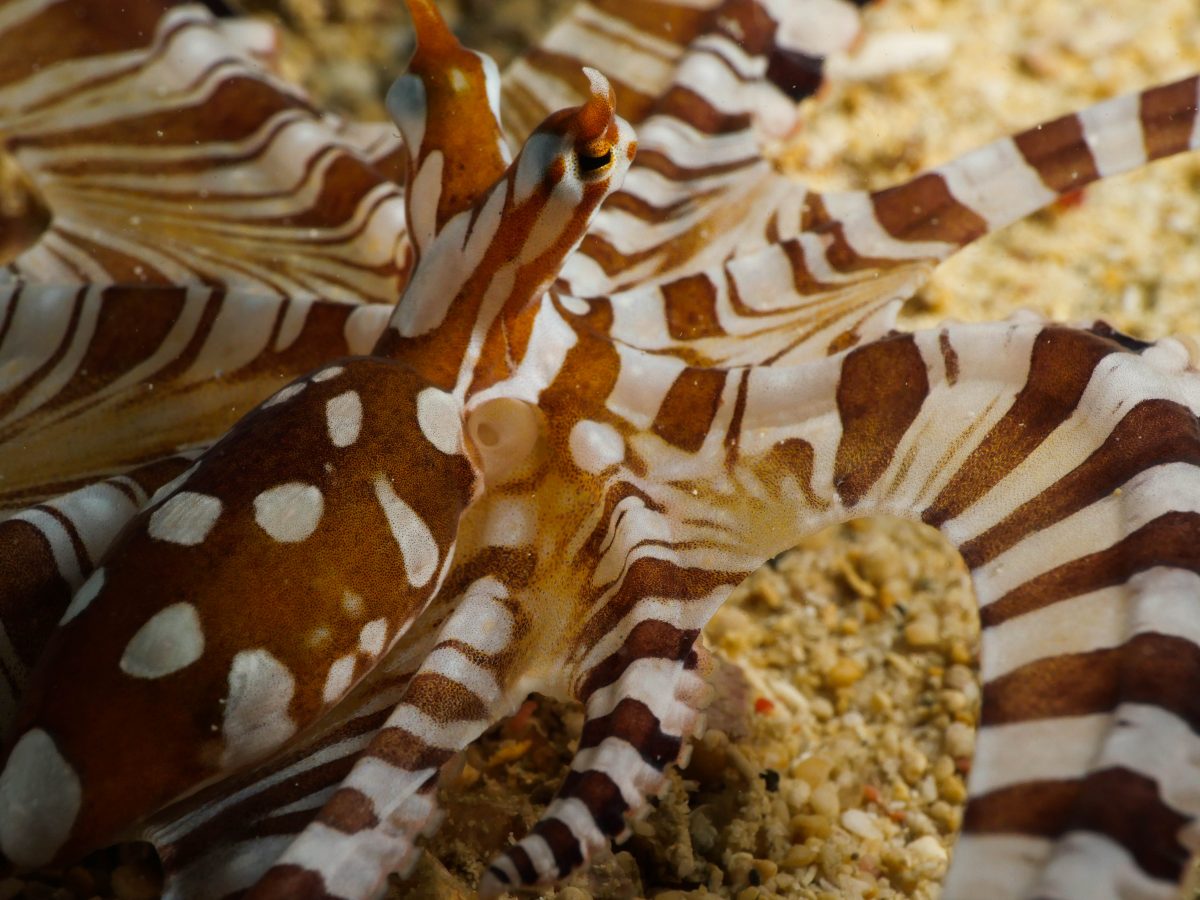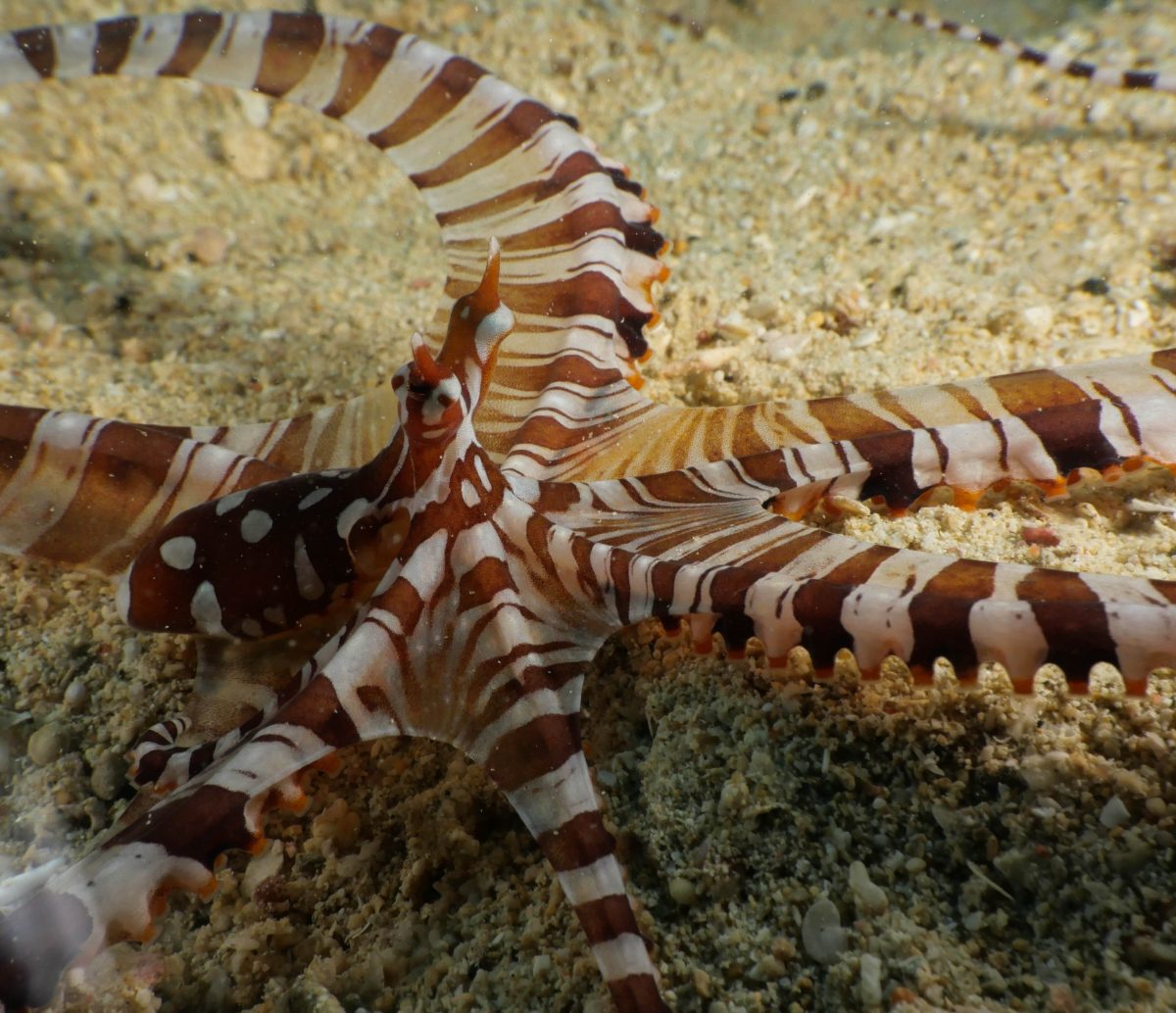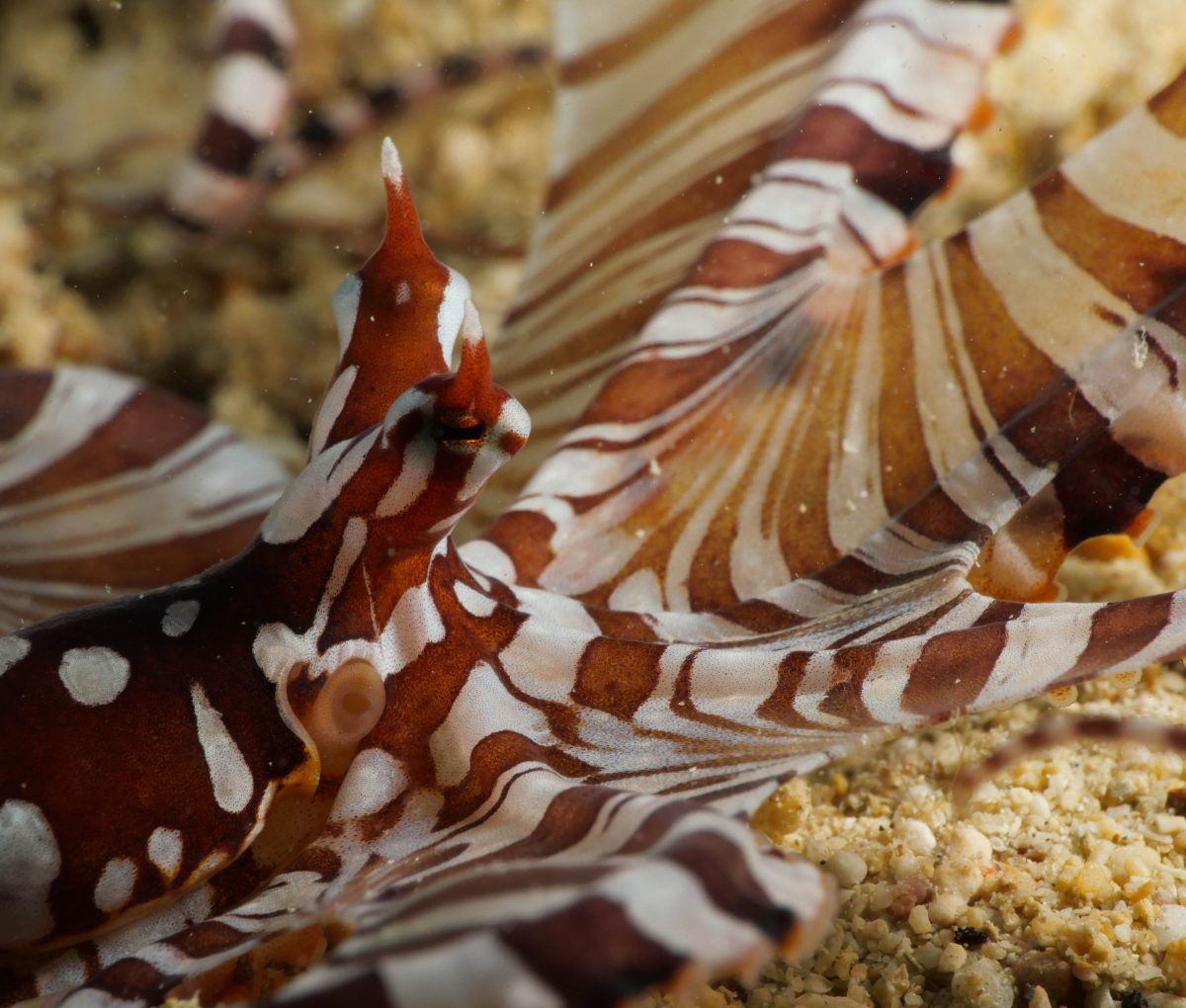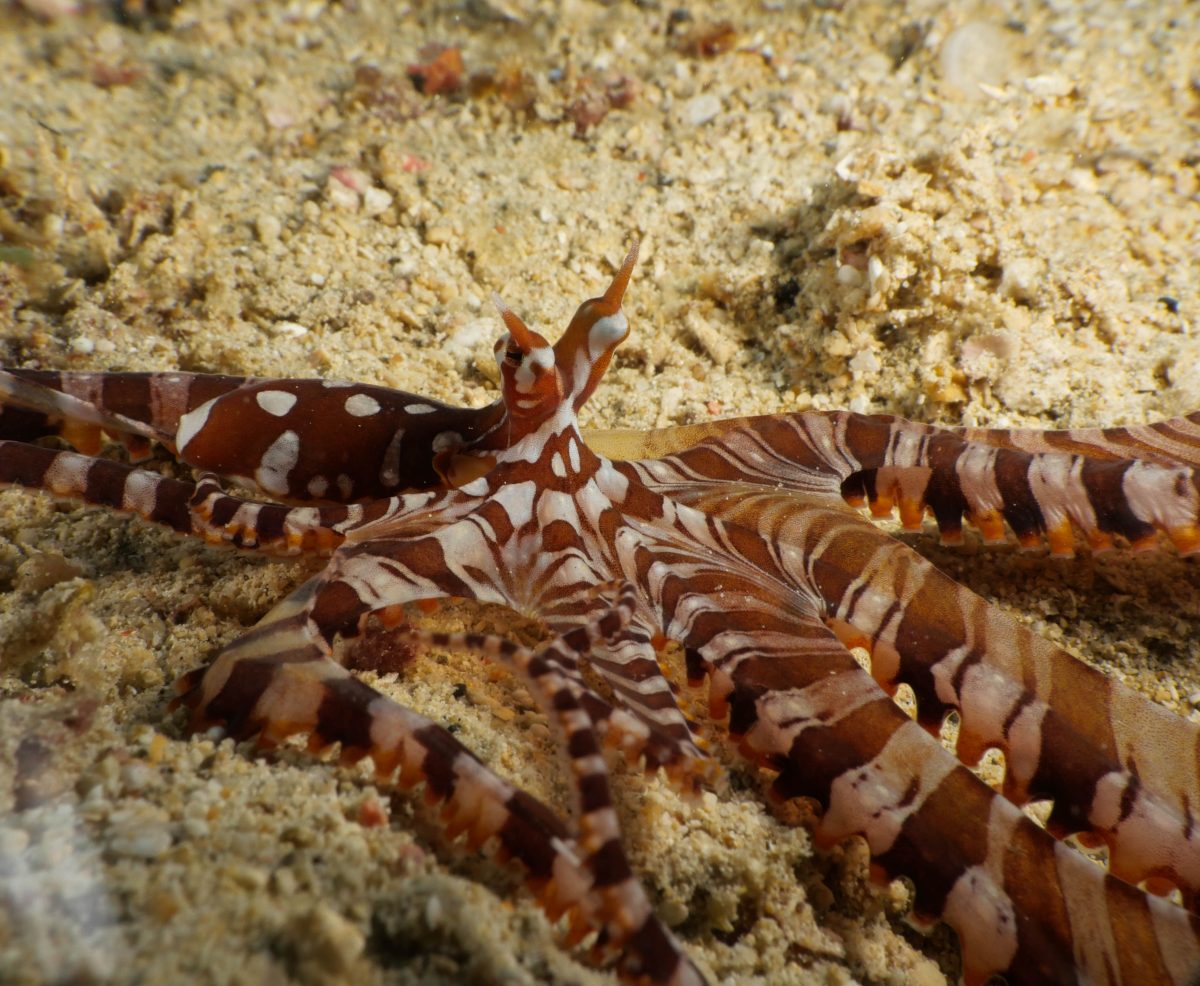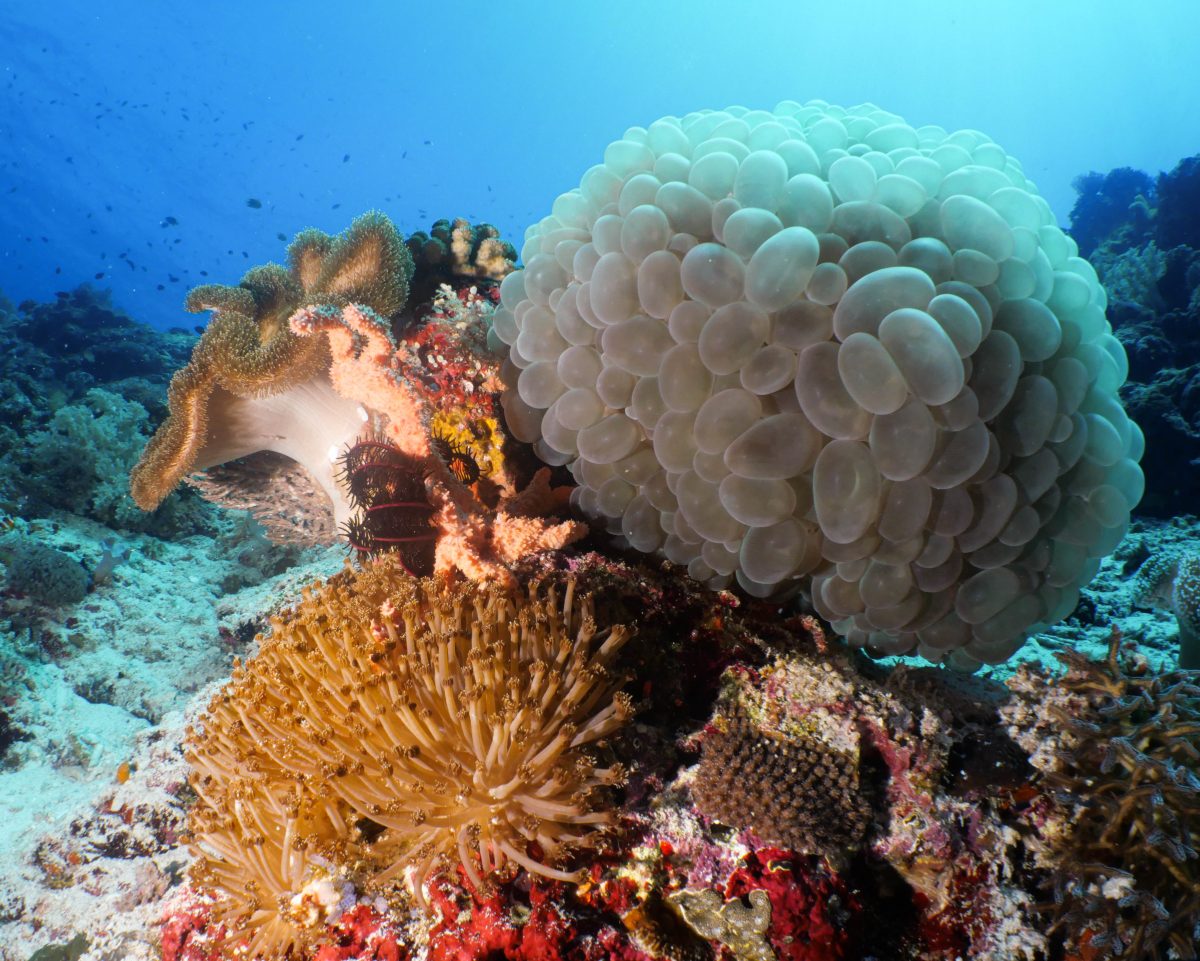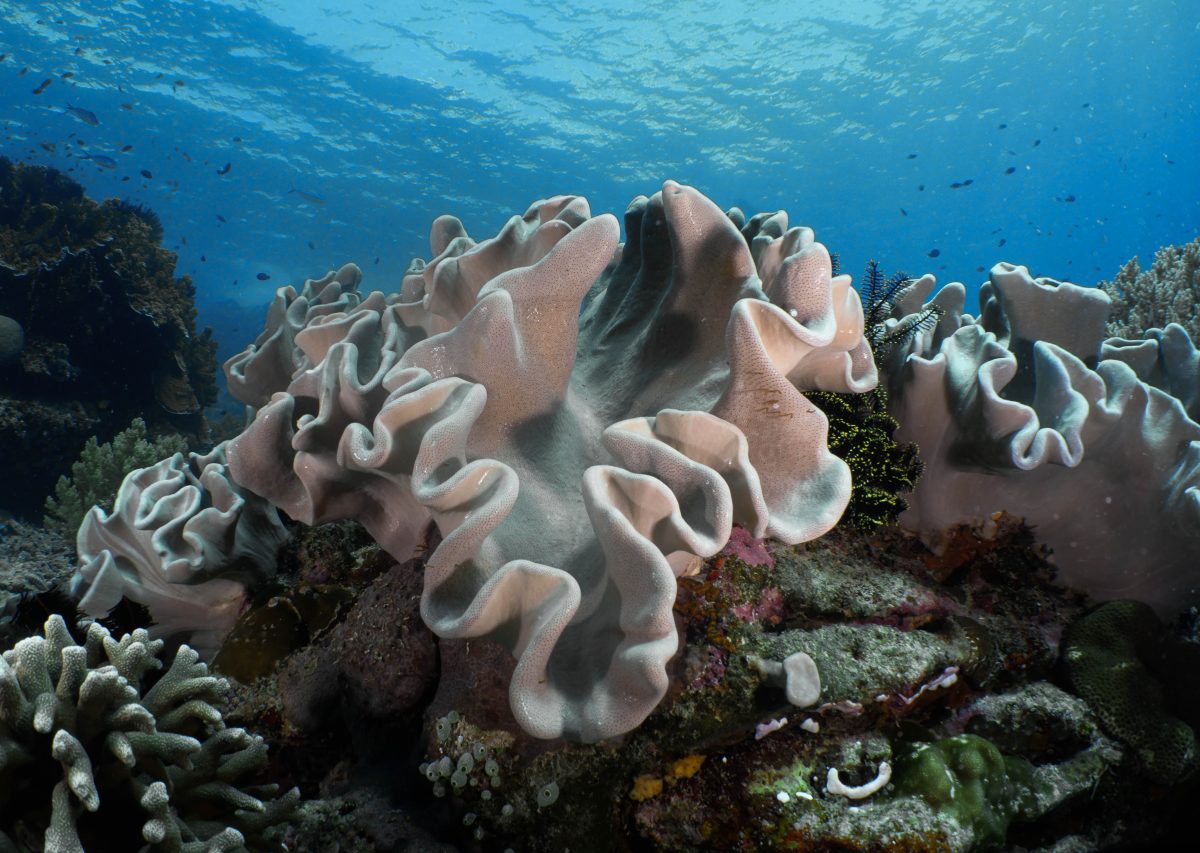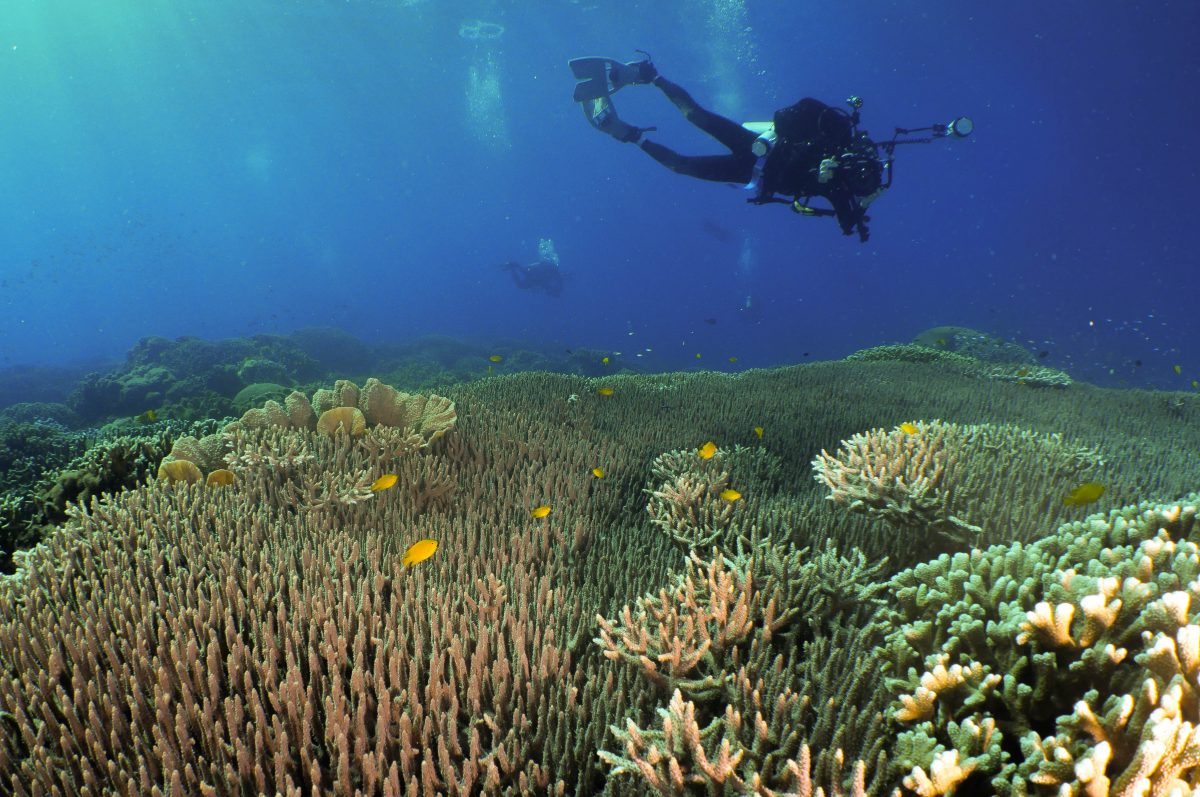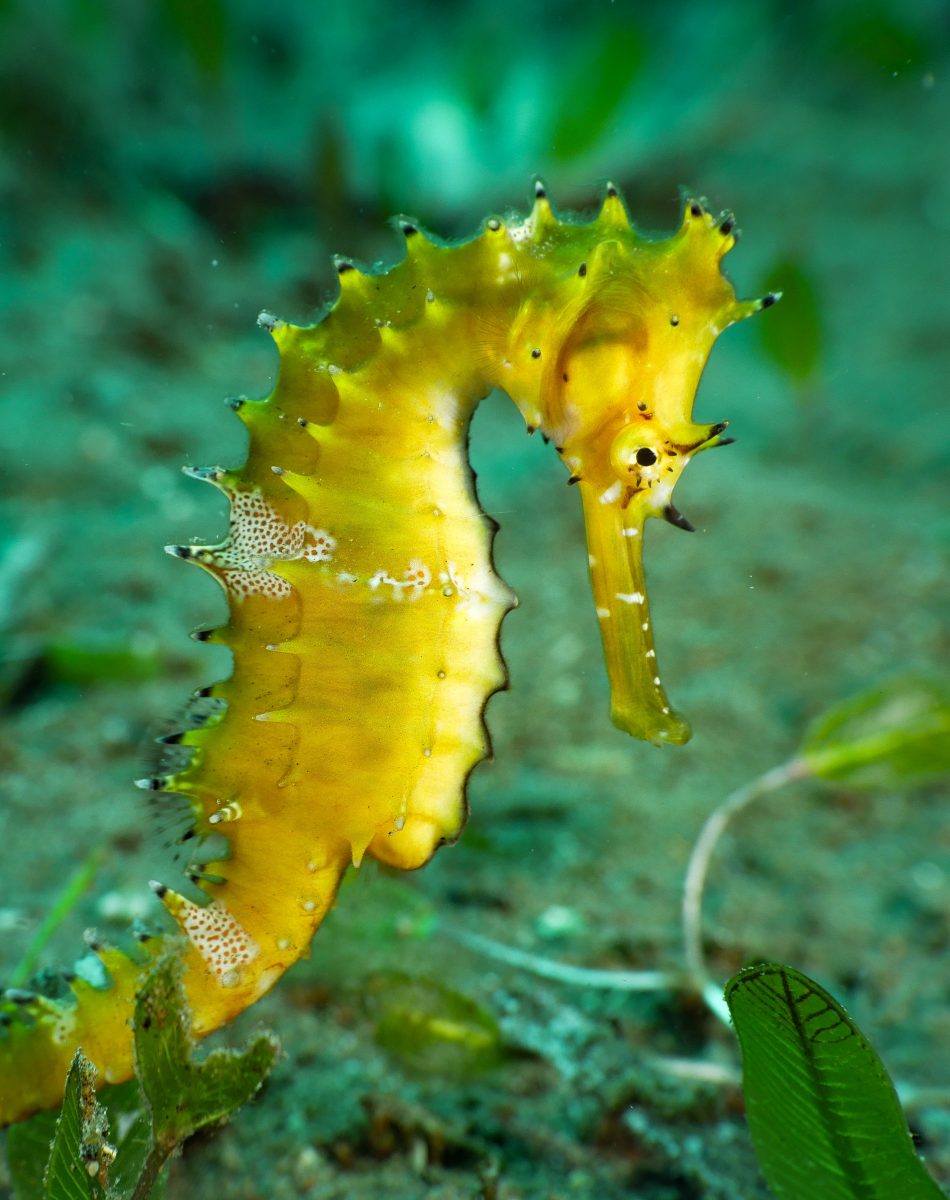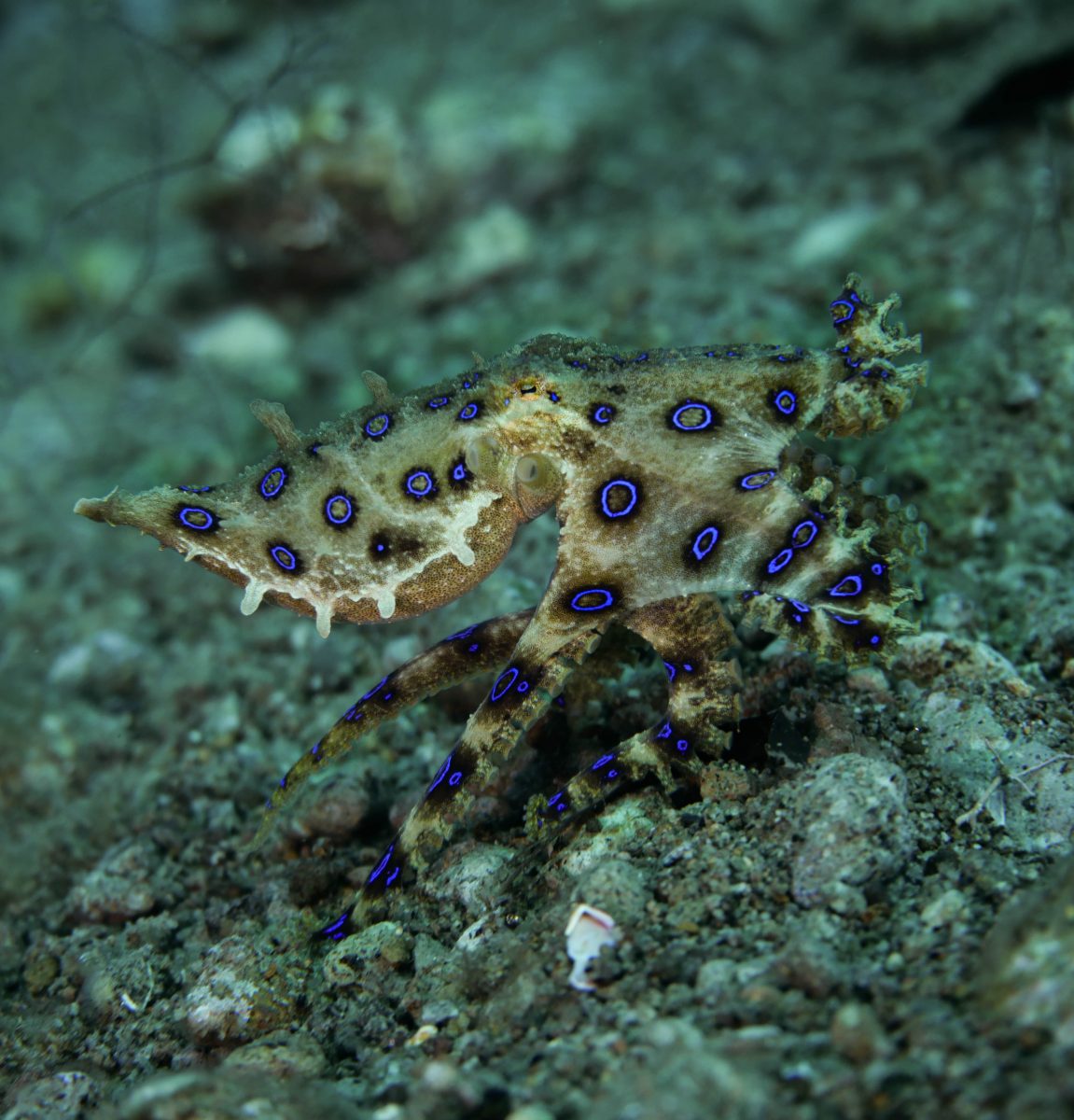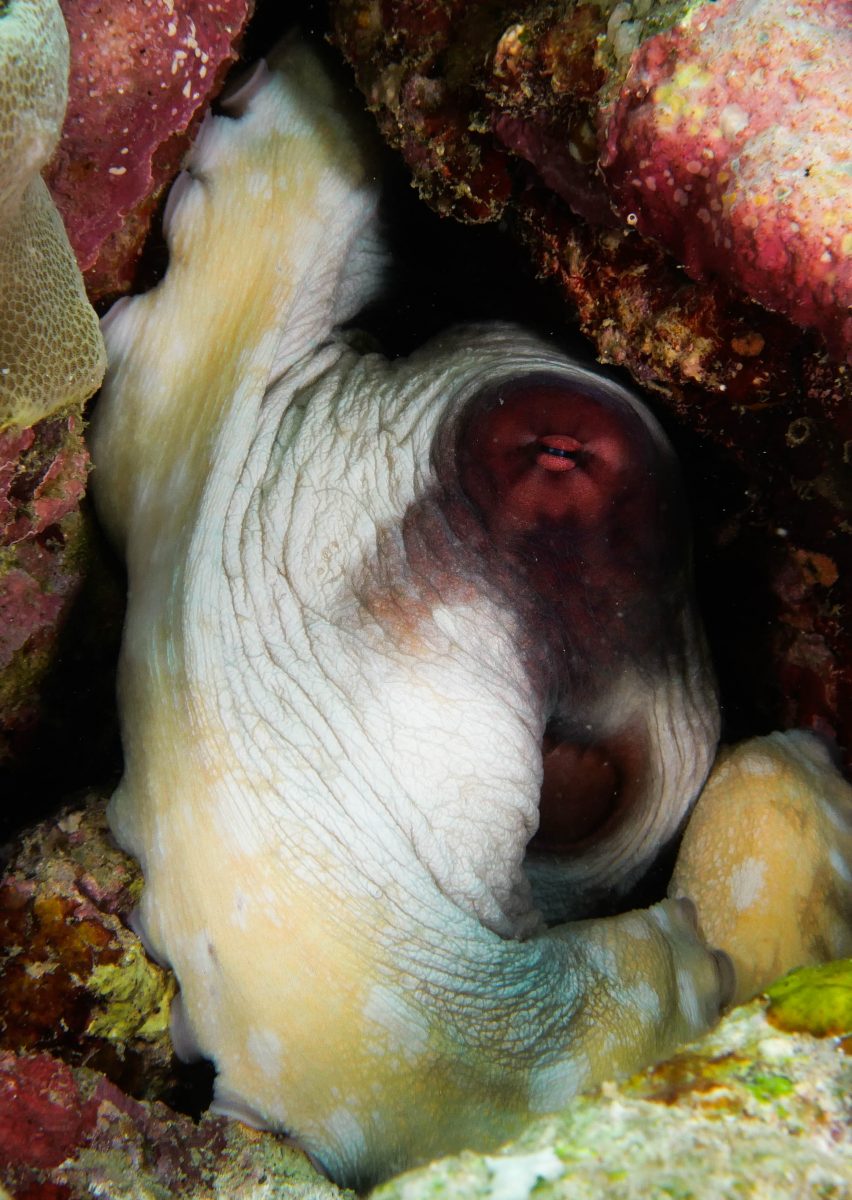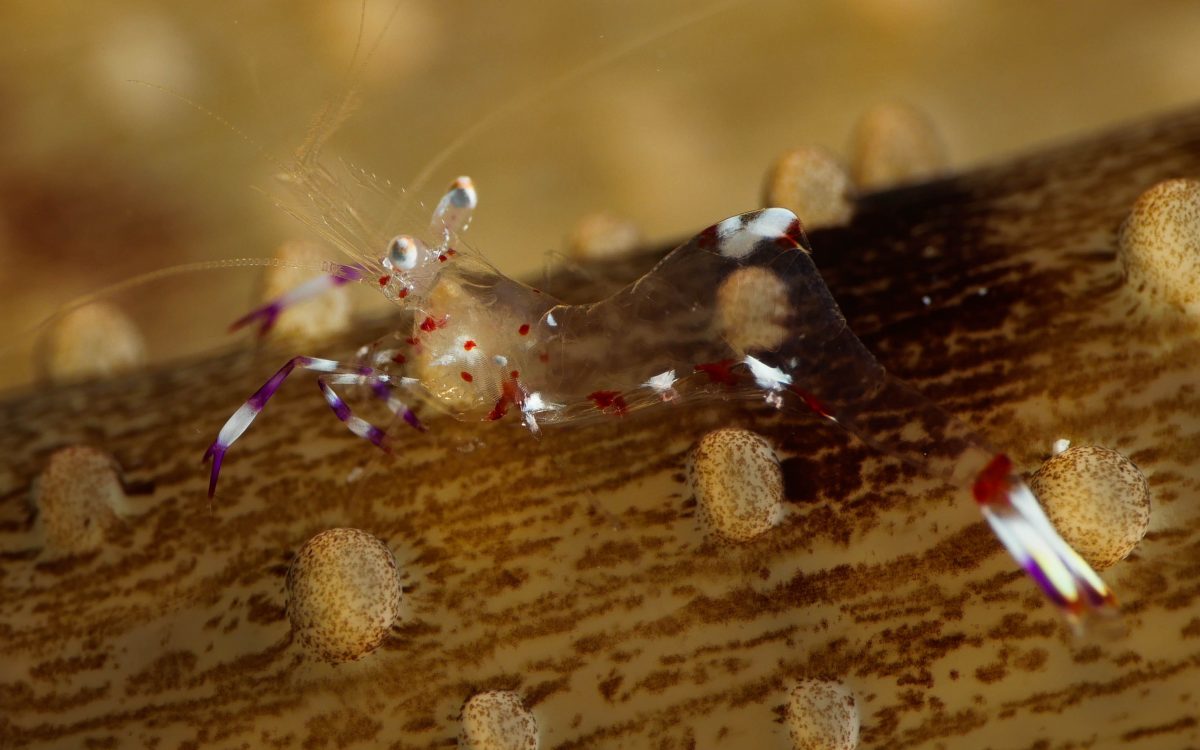I descended onto a slope of endless dark brown sand with seemingly nothing to break the monotony. Then I looked just a little bit closer, and with a sigh of relief and an inner scream of excitement I sunk down to the sand for the first muck dive of my life. To the uninitiated, muck diving doesn’t sound all that exciting. But that couldn’t be farther from the truth! It is named after the sandy or mucky bottoms of many of the dive sites. Because of the uniform nature of the environment, the life there has three general strategies for survival.
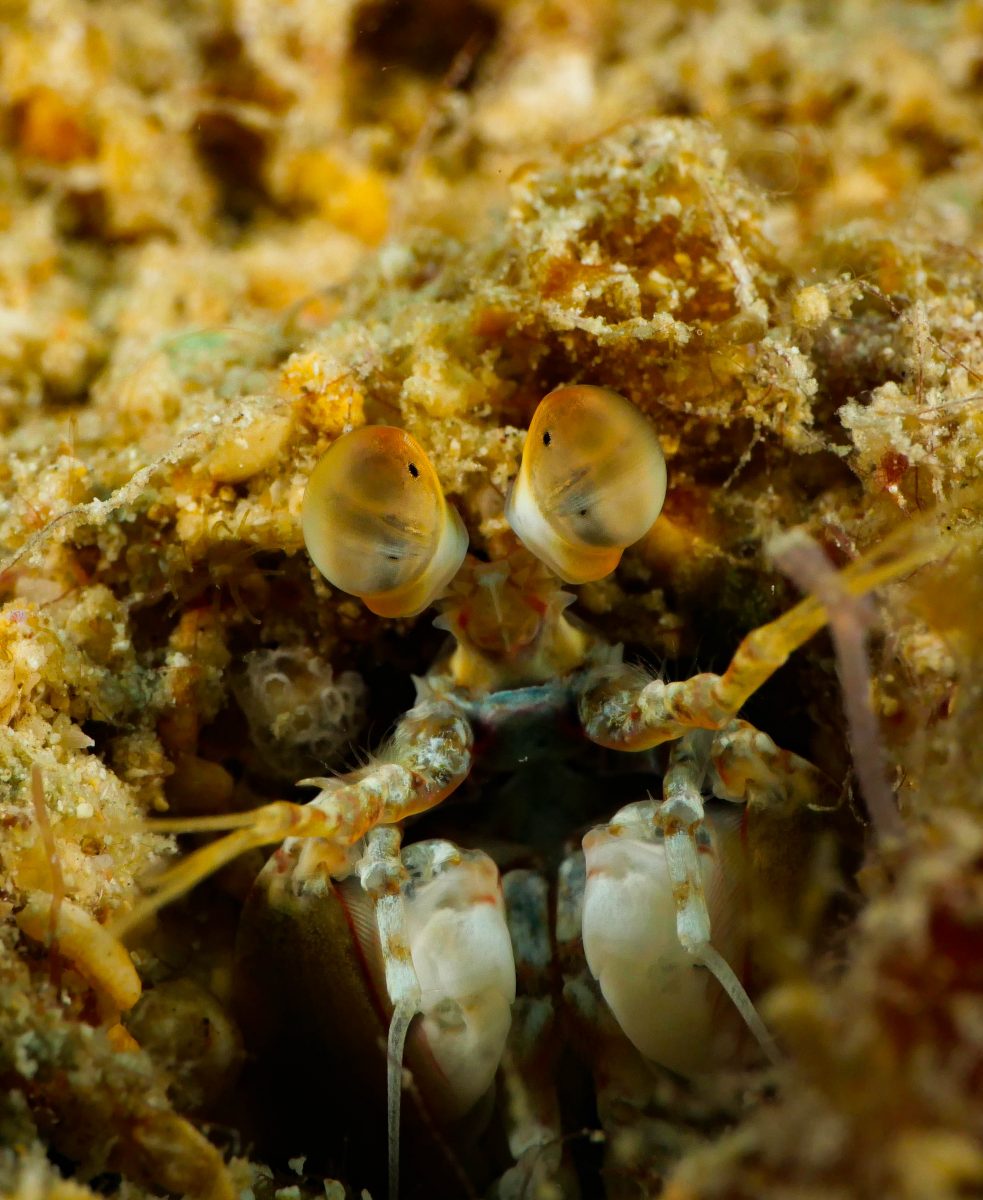
First is to dig into the substrate itself. Bobbit worms, mantis shrimp, and octopus or clues of their presence can be found near holes in the sediment. Since there are such few places to hide, if you can dig you can make your own!
Second is Camouflage. Animals like frogfish, pipefish, octopus, or scorpionfish are very well camouflaged with either the substrate itself, or detritus that is commonly found floating around.
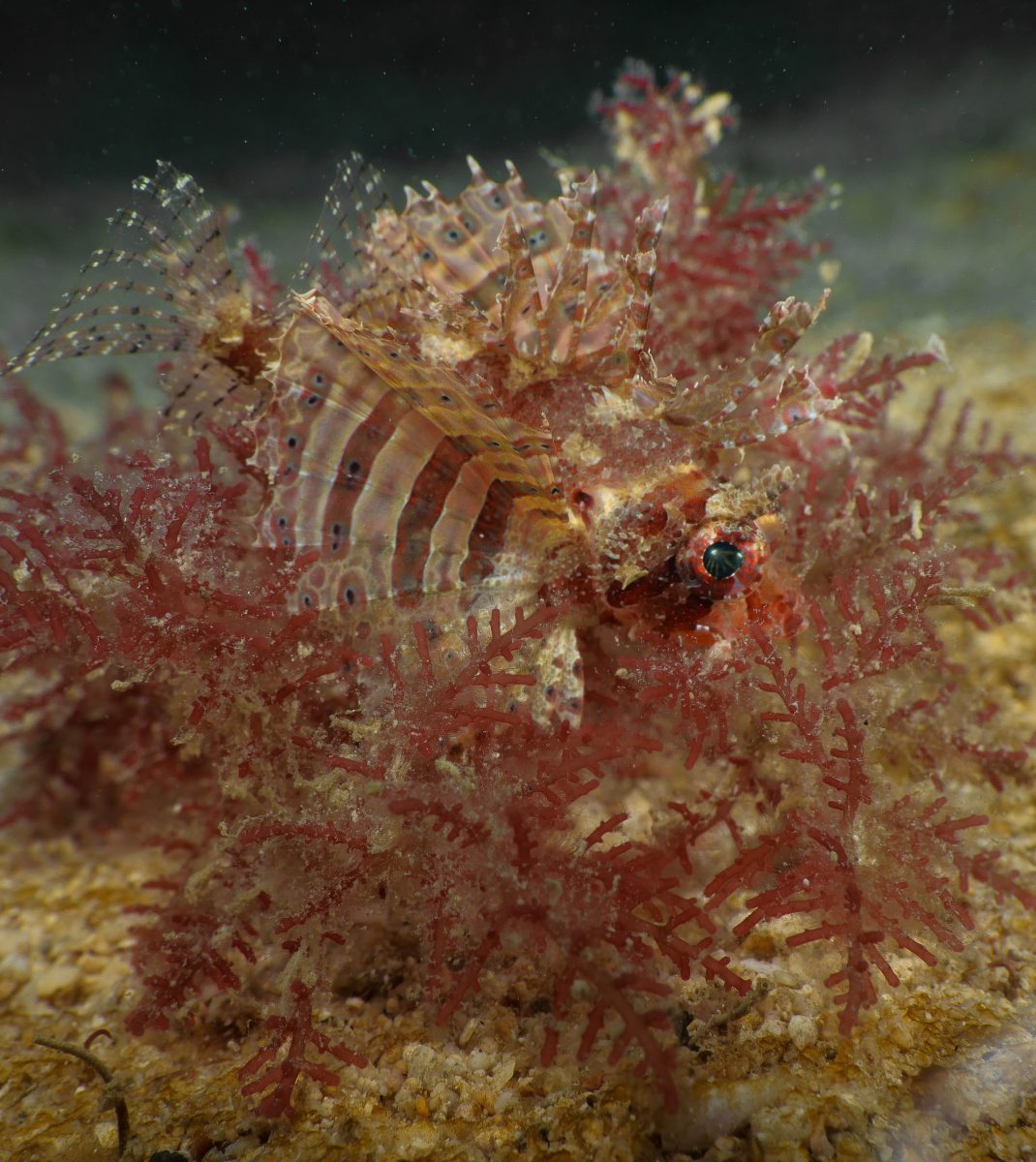
Lastly is to find the little patches of habitat that are scattered around. These refugia, whether they are anenomes, little corals or even pieces of trash are surefire way to find some life.
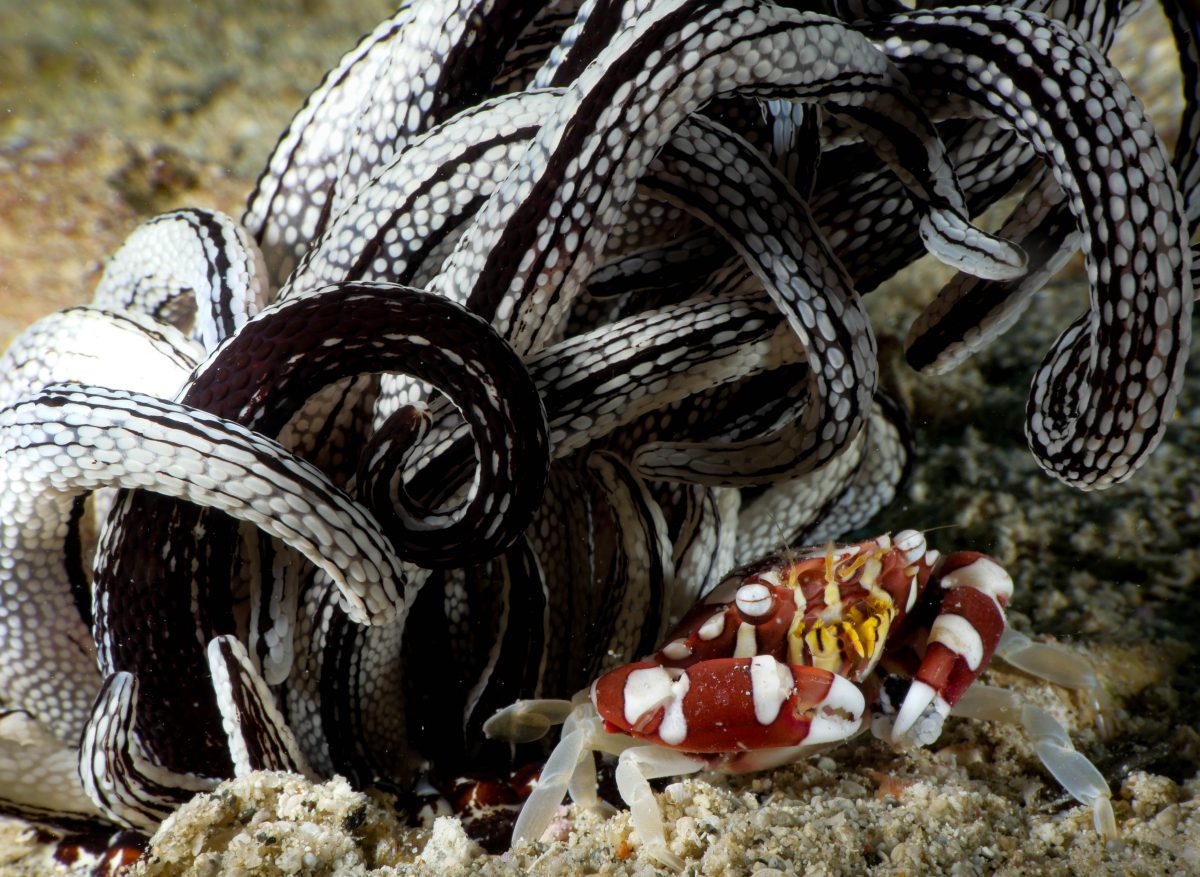
Because of the wide range of creatures with such strange life strategies, muck diving is a heaven for underwater photographers. And for learning photographers like myself, it is great as well, because once you find a subject, like this Wonderpuss, it is easy to stay on it for a whole dive!
This brings me back to that first muck dive in Dumaguete on Negros Island in the Philippines. I was there to join the 2019 Atlantis Imagemakers trip with the Atlantis Dive Resorts. This trip is an annual event coordinated by the wonderful Marty Snyderman. It aims to bring together a group of talented and influential imagemakers and videographers for two weeks of diving and photography. We spent the first week in Dumaguete and the second in Puerta Galera; both world-class diving destinations.
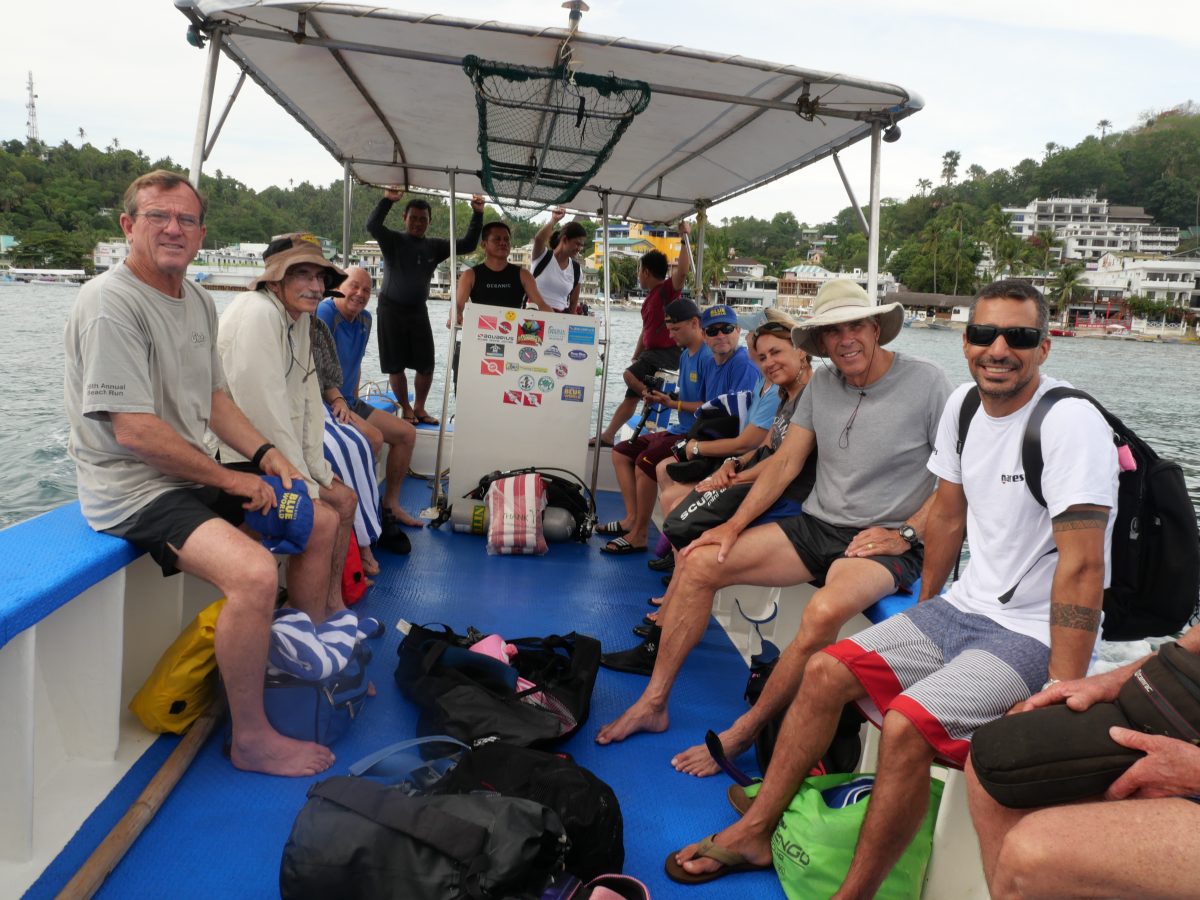
On the Way to Verde Island 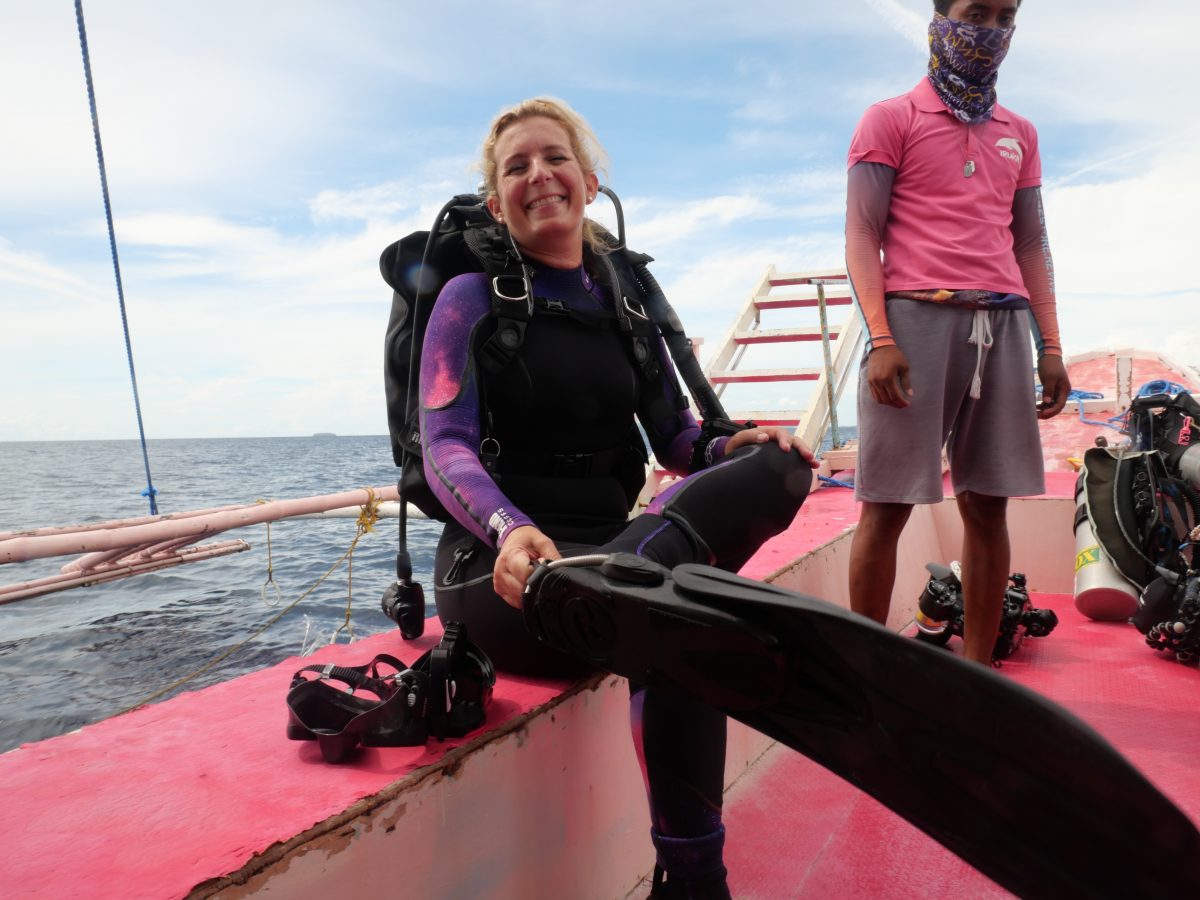
Sara gets ready to dive 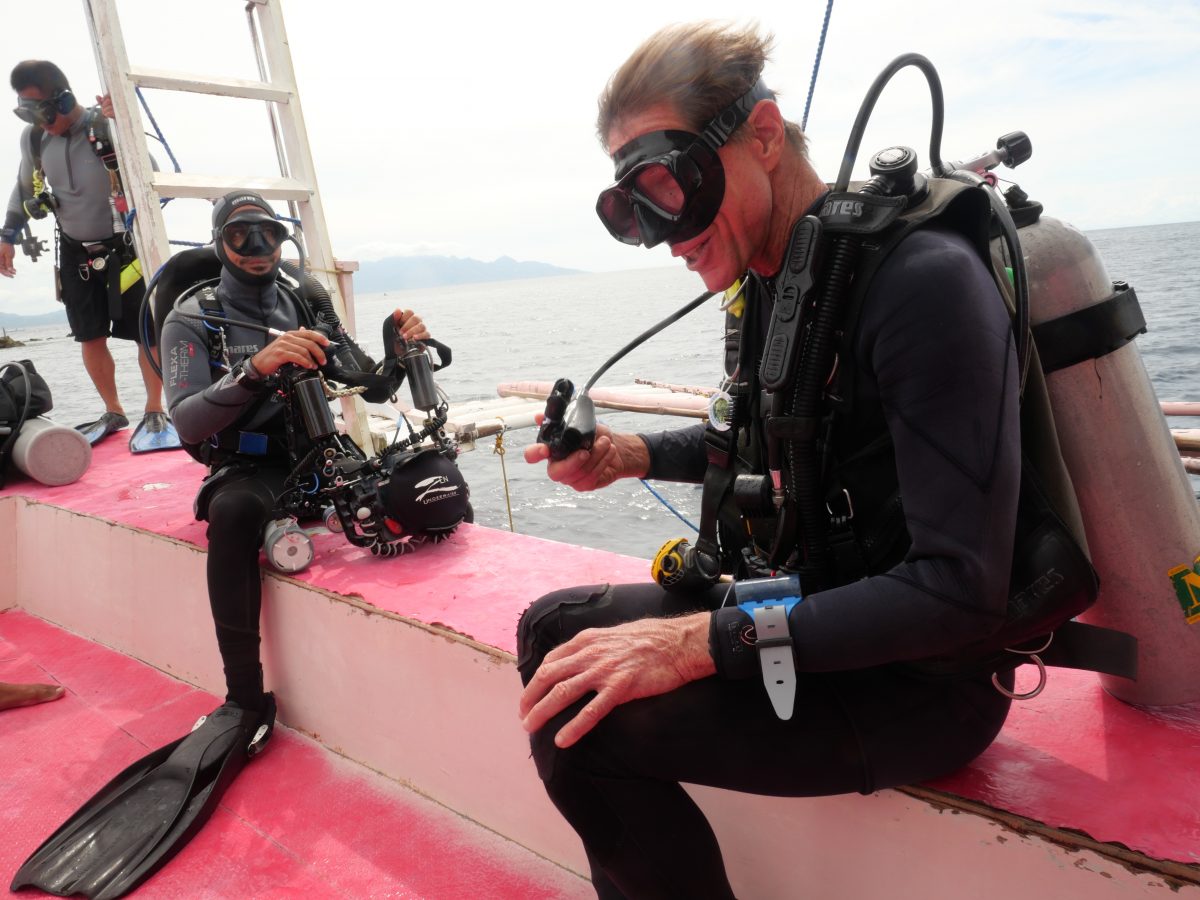
Mark and Boaz .. good to go 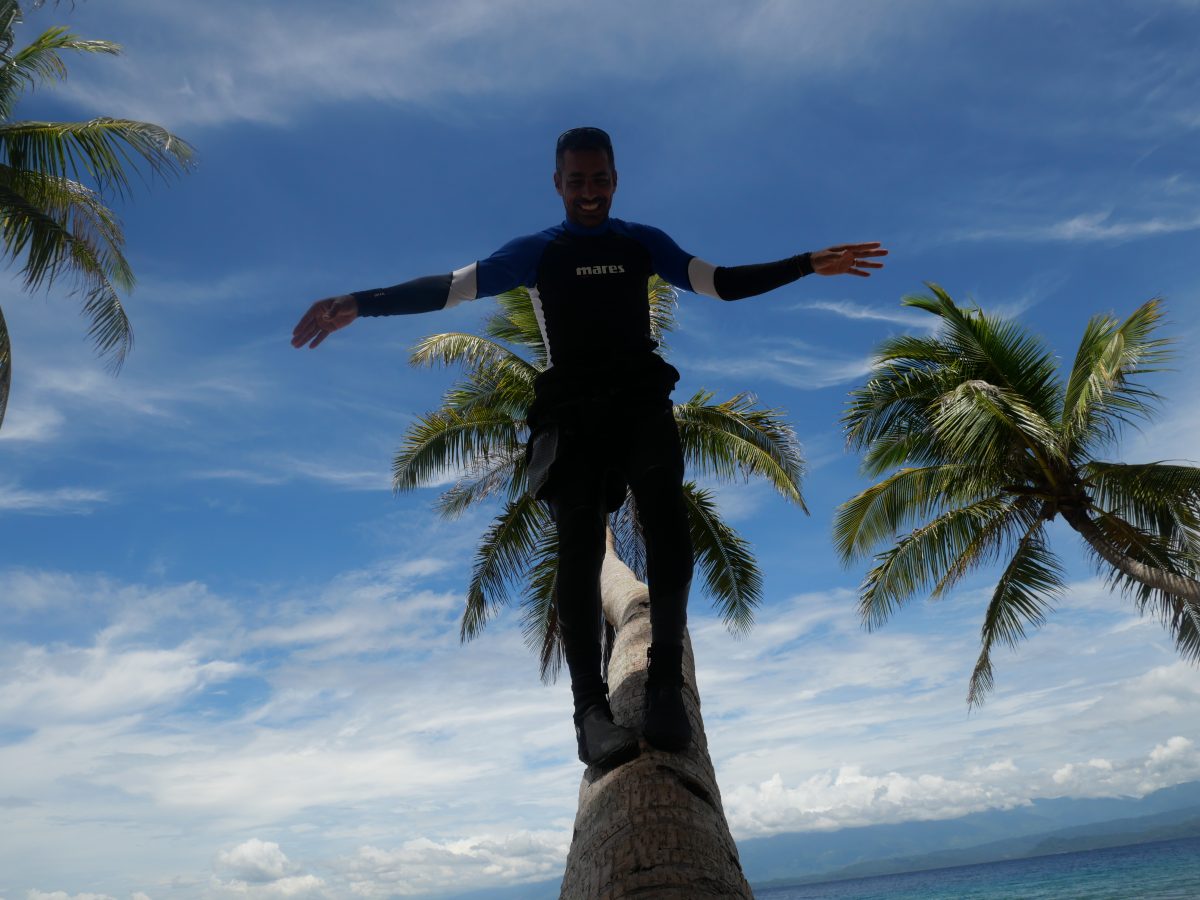
Trying for coconuts 
Fishing boats on Verde Island
As a new photographer this experience was hands down the most valuable learning experience I could have asked for. I did 26 dives approximately 75 minutes each taking photographs with some of the best in the field. So I decided that I would share some of the knowledge passed along to me. I asked everyone for their most valuable tip for anyone trying to get into underwater photography:

Start Shooting manual so you learn how light works underwater – Adam Hanlon 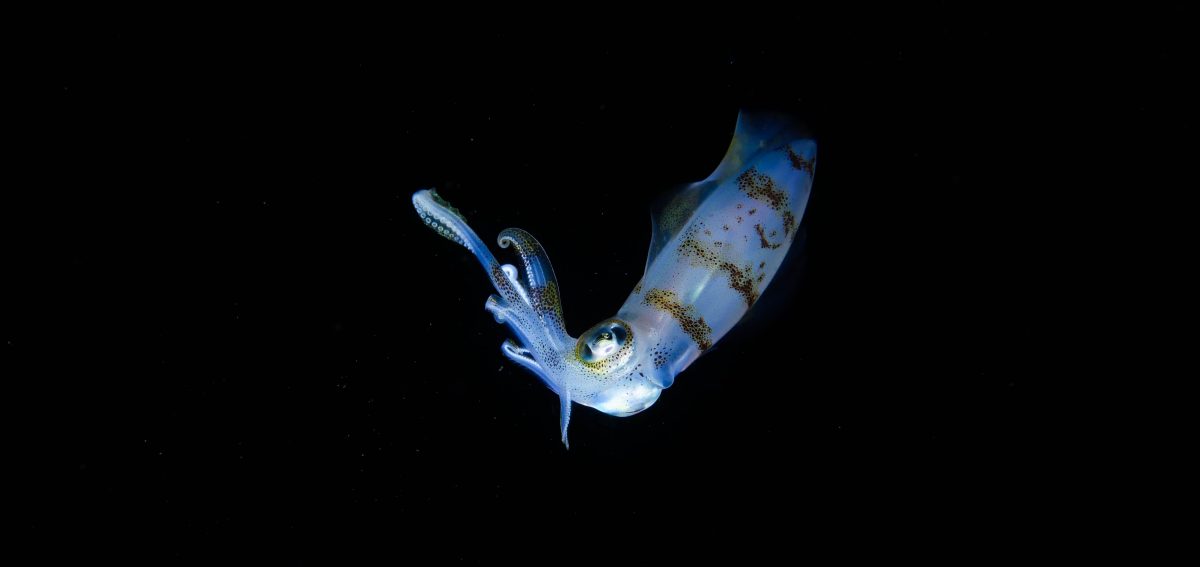
Learn lightroom at the beginning – Michele Hall
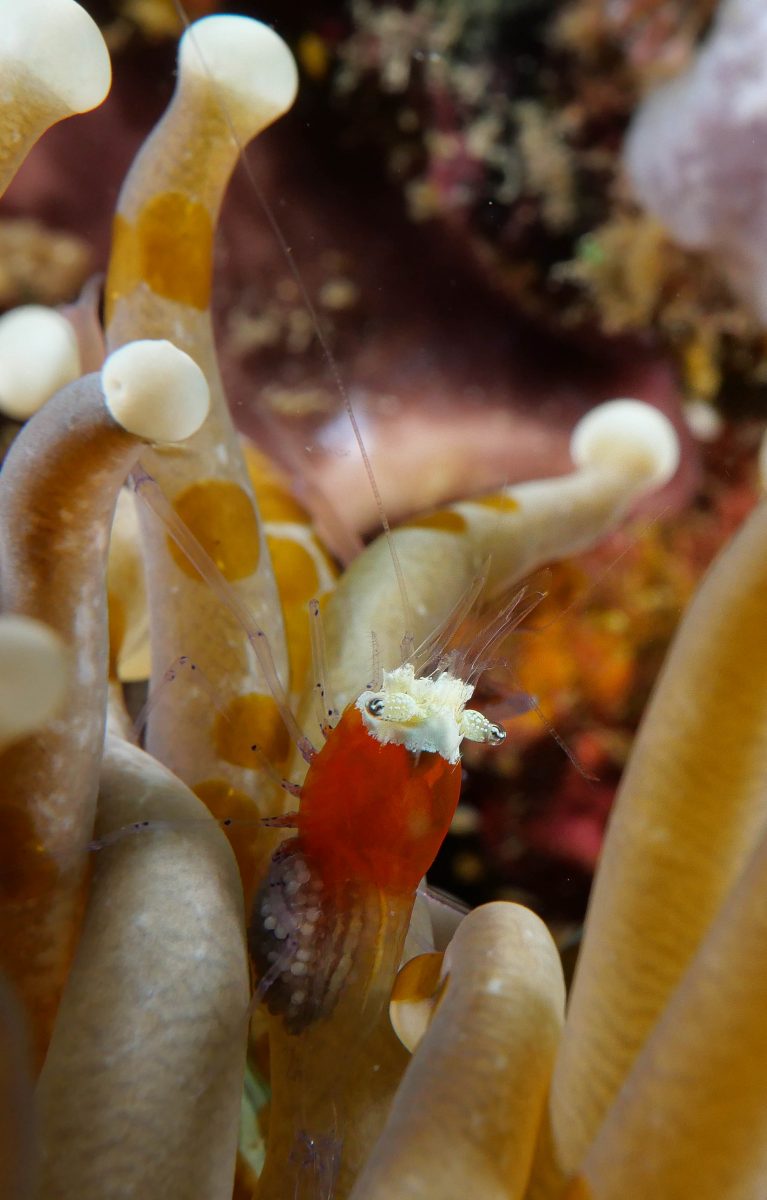
Know your subject; do your research so you can look in the right places, watch for certain behaviours, and notice anything unusual – Mark Strickland 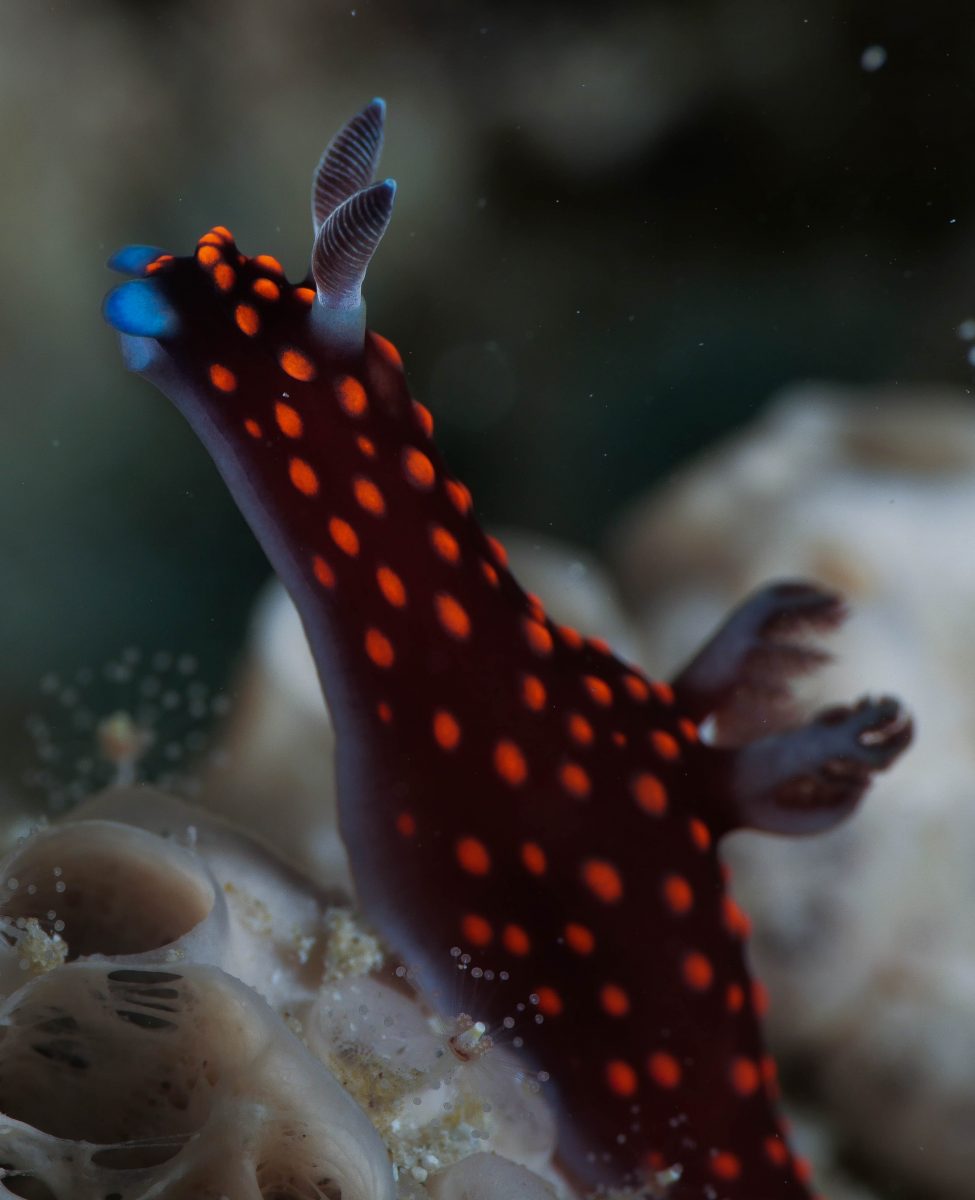
For some, a camera is the most dangerous piece of equipment; pay attention to your air and depth! – Ed Stetson 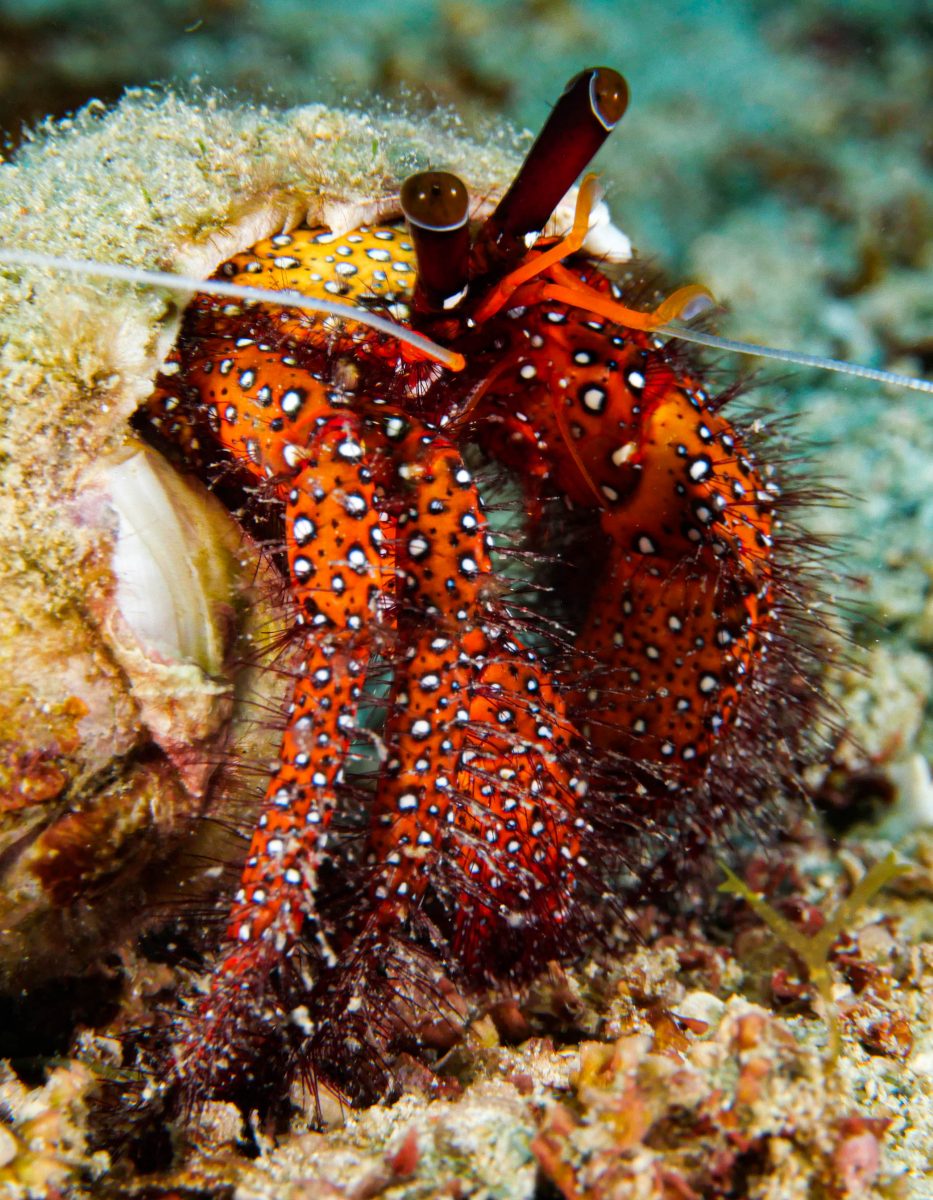
Shoot relaxed animals, the less stressed the subject, the better – PT Hirshfield
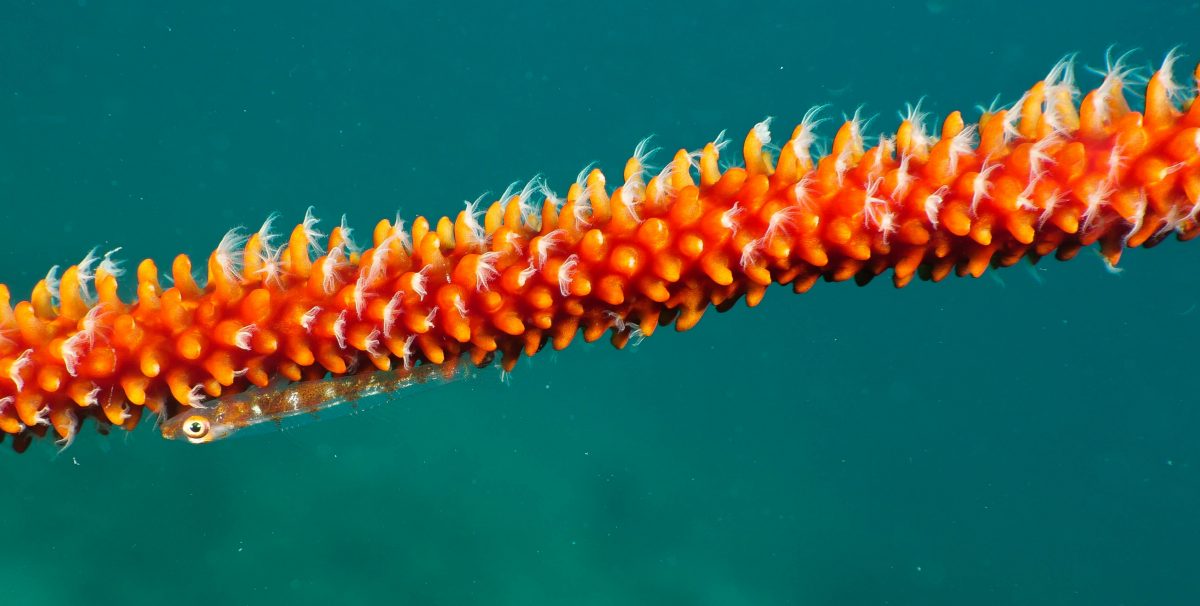
Realize there is no single path, everyone has their own niche – Howard Hall 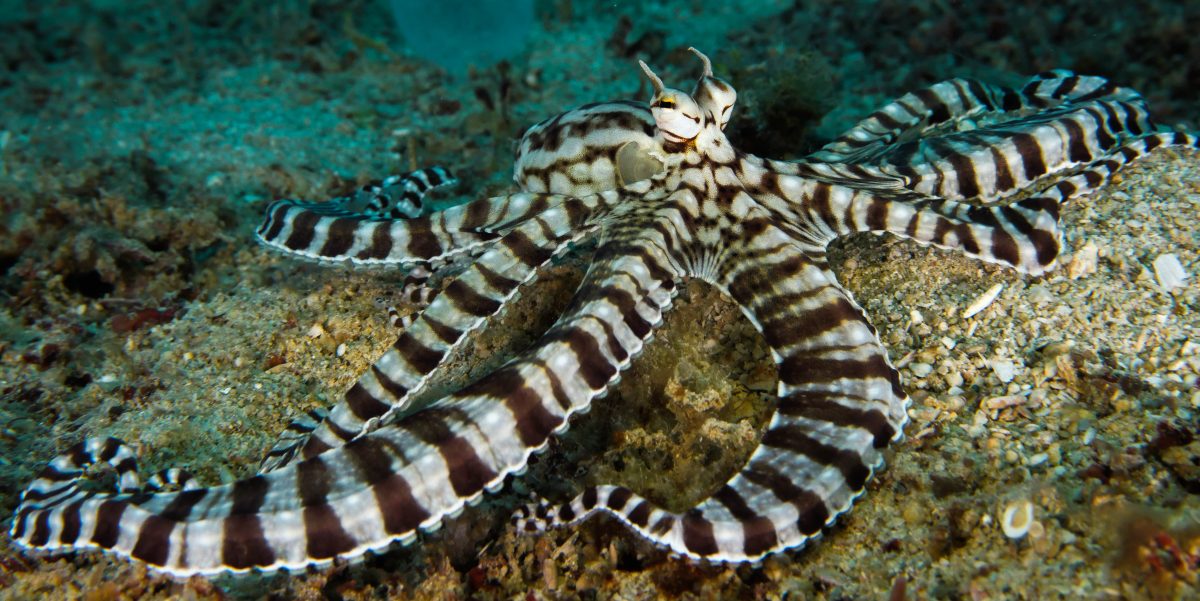
Be a good diver before EVER touching a camera – Johnathon Bird 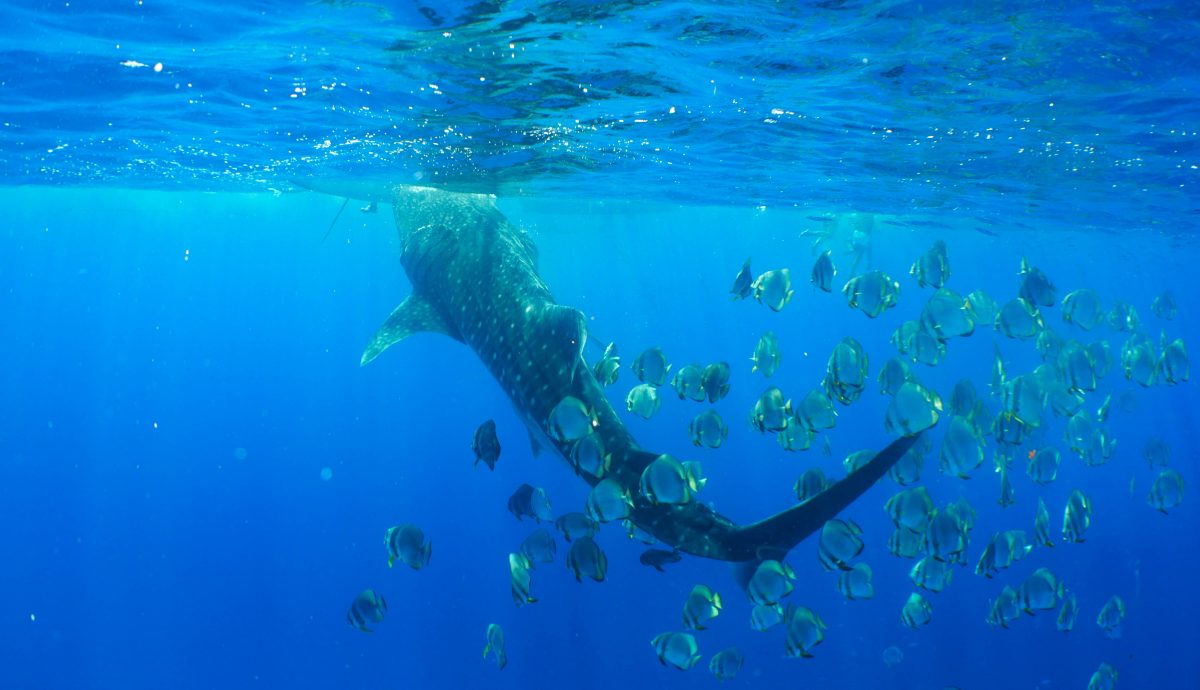
Remember that every picture tells a story, so decide what that story is going to be, and shoot with a purpose – Doug Perrine 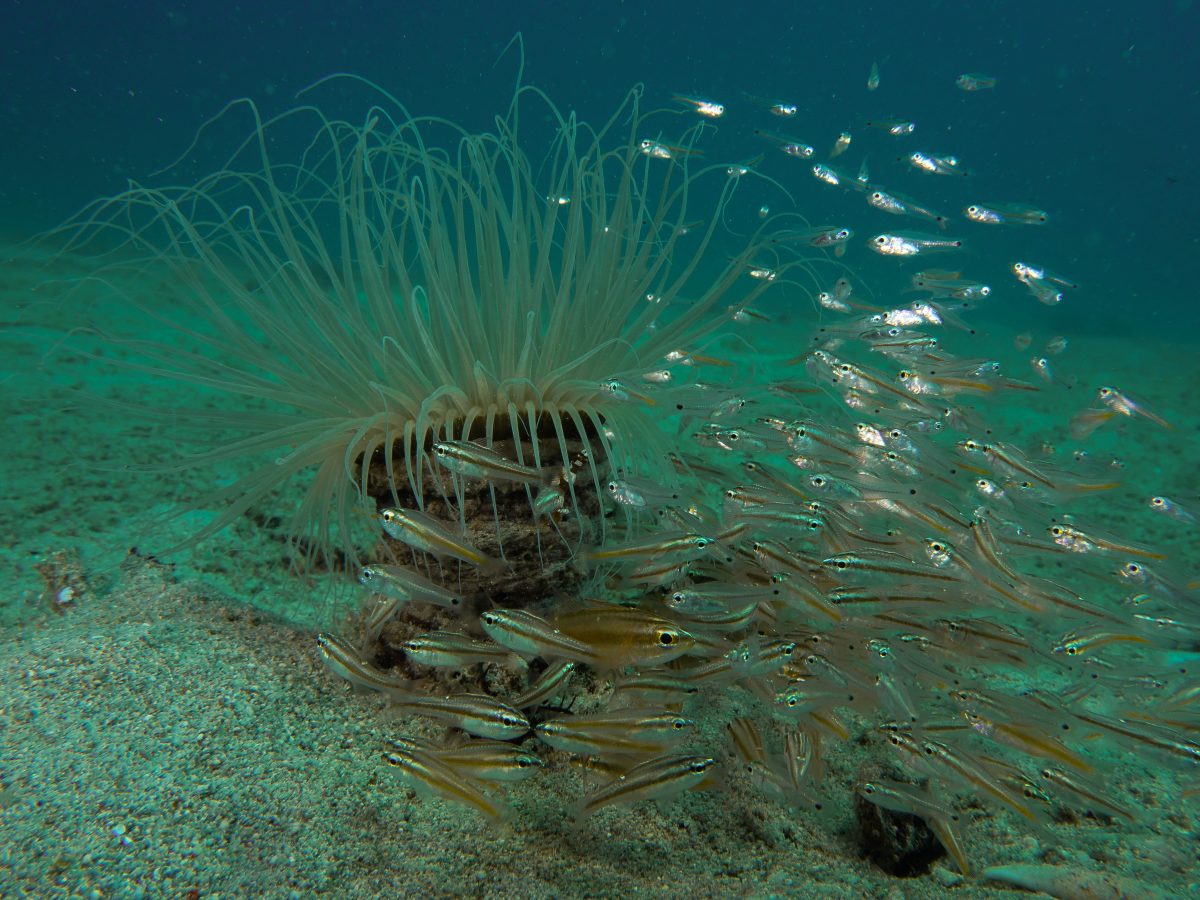
Don’t become complacent; give camera systems your undivided attention. The Ocean doesn’t care if you were careful yesterday – Marty Snyderman 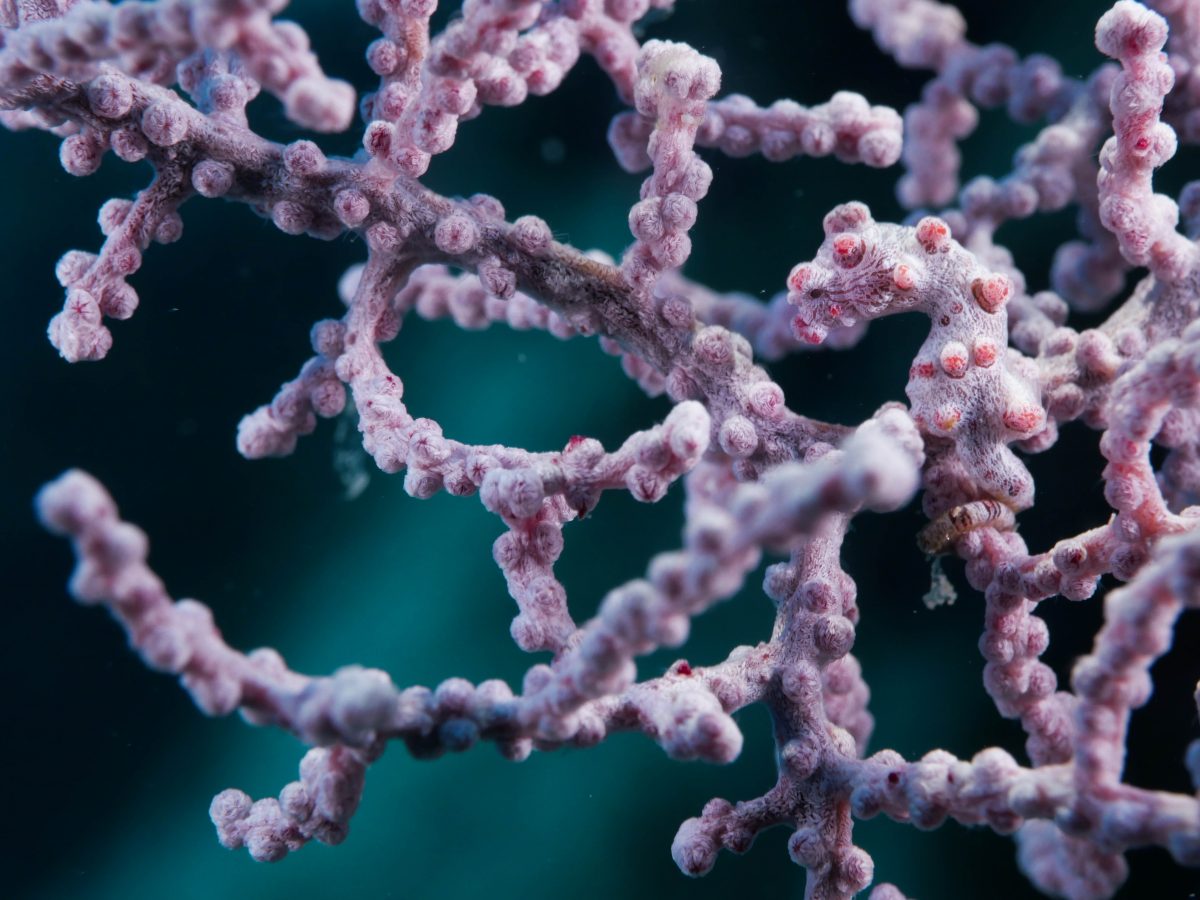
First look and see with your eyes, and only then take the picture -Boaz Samorai 
Dive with people you like… or at least trust
– Sara Shoemaker-Lind
The Philippines is also part of the Coral triangle, so in addition to muck I was able to dive on some of the most prisitine coral reefs existing today. Apo Island, one of the oldest locally managed protected areas in the country was hands down the most beautiful reef I have ever seen. I honestly didn’t know I would ever be able to see corals that big in my lifetime! This was also an incredible opportunity to practice wide angle photography. The skills and techniques needed for wide angle vs macro are very different and require a lot of practise to master!
I would like to thank Atlantis Dive Resorts and Liveaboards for hosting the event, and Marty Snyderman for the invite; in the past two weeks I have crossed so many animals off of my bucket list! I also am grateful for the amazing photographers I have had the privilege to connect with and learn from.
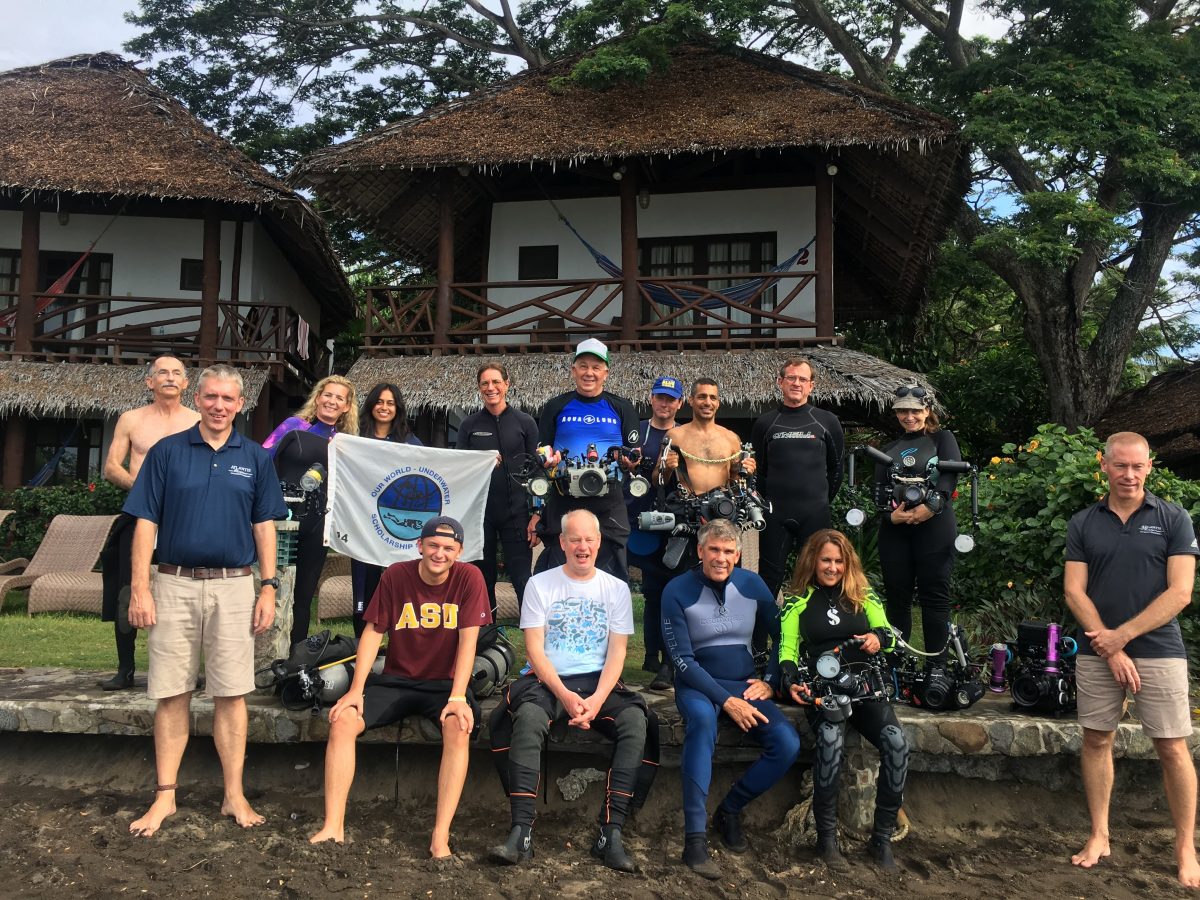
Lastly, a big thank you to Reef Photo and Video for providing me with the equipment to create these images, you can find a more photography focused blog throughout the year here!
